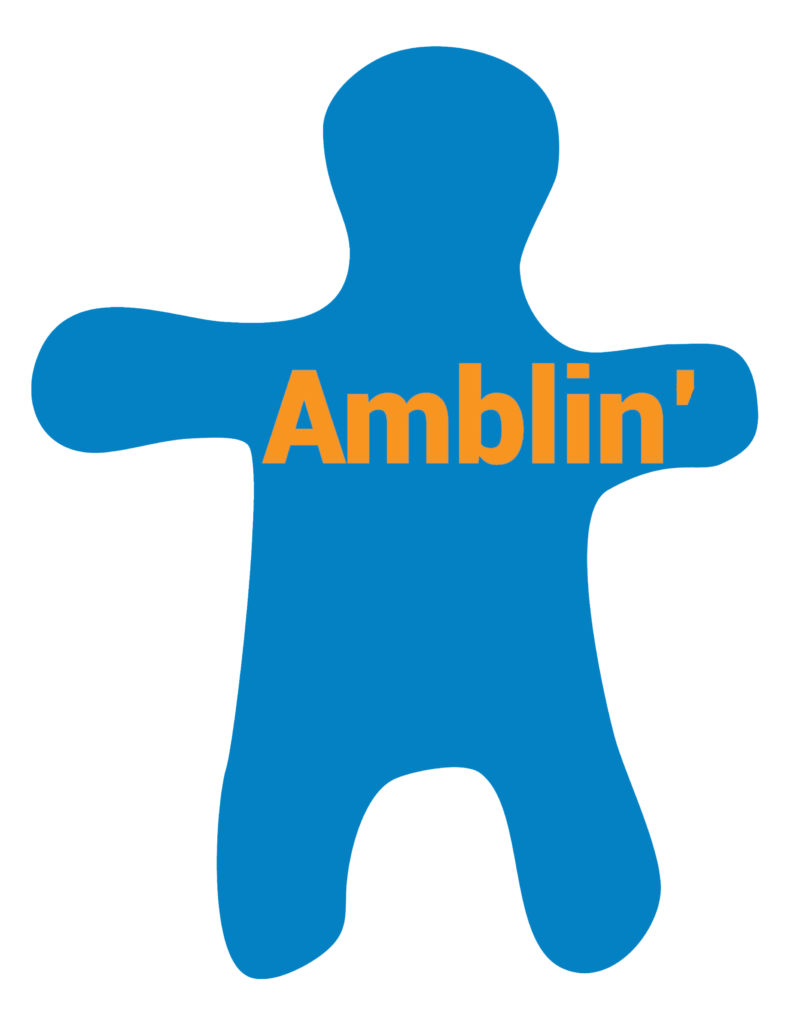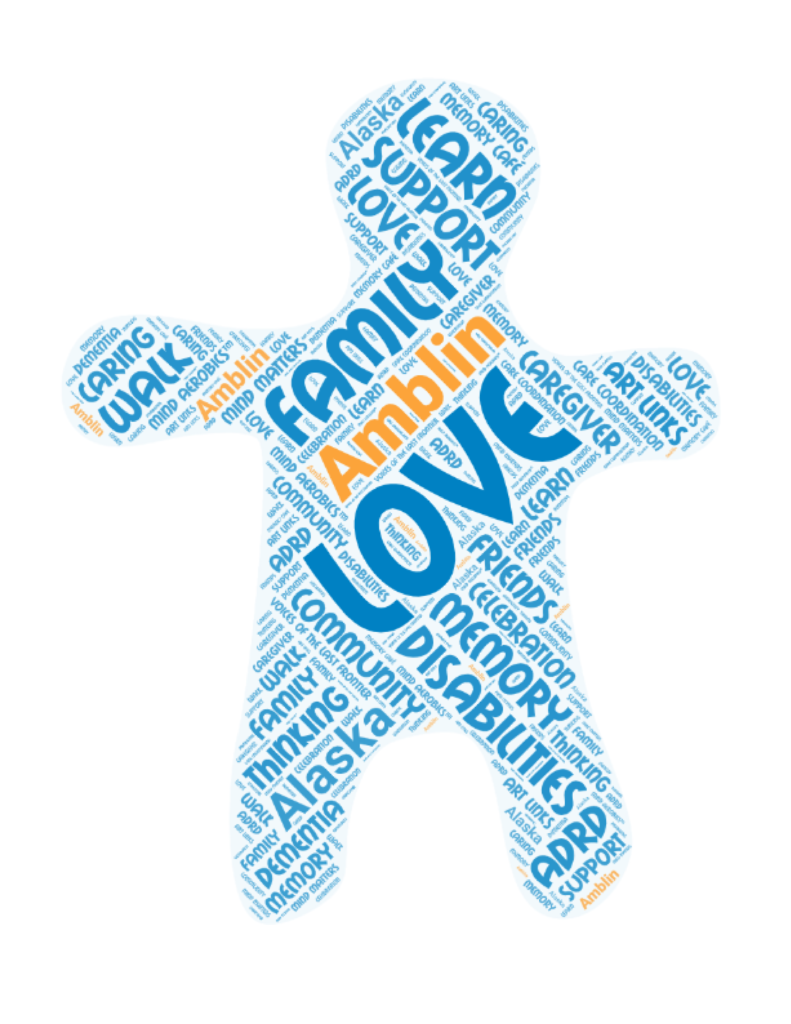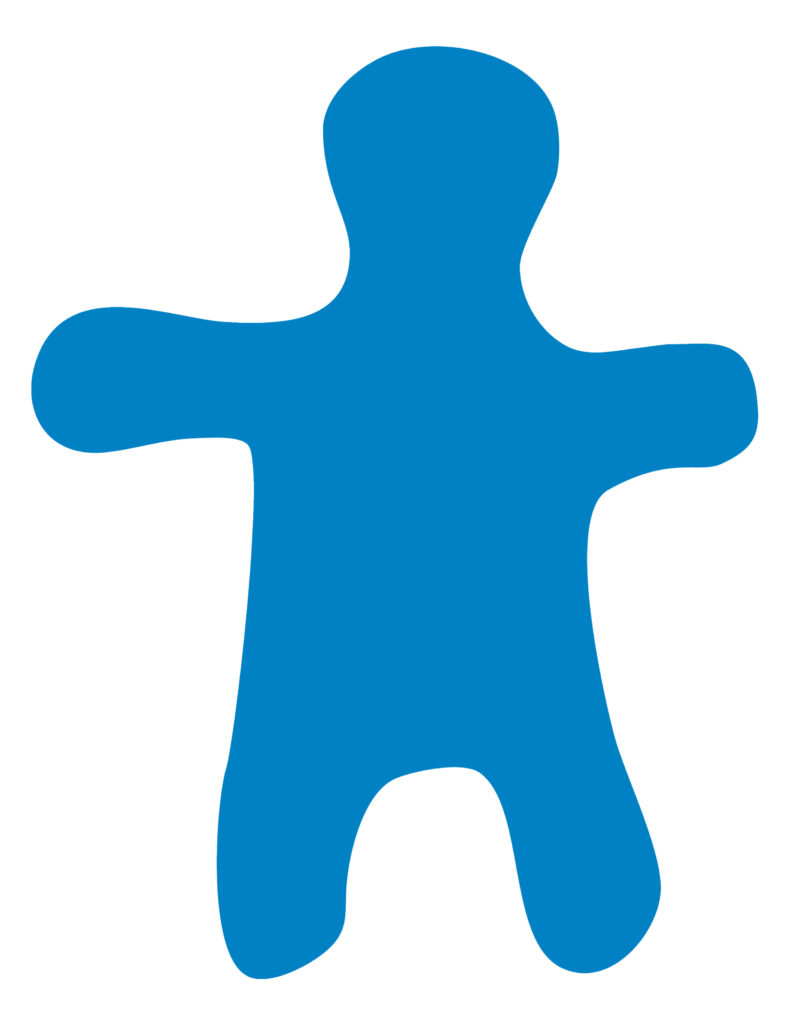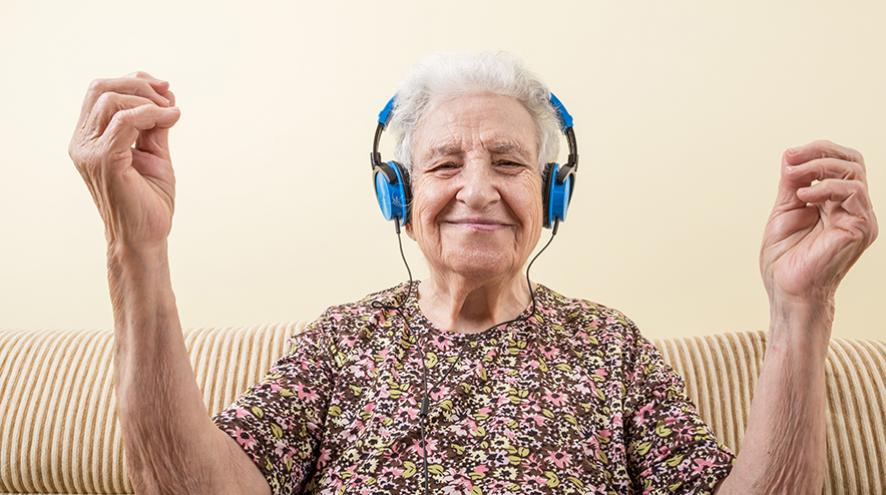
The human relationship to sound and rhythm starts early. In fact, even before you were born, you began to develop an auditory system. Already, you were in a world of sound: breath and heartbeat, of rhythm and vibration. When you heard a lullaby as a toddler, it offered comfort and a feeling of happiness. As a young adult, songs that provided a beat and rhythm offered you meaning and enjoyment. As an older adult these are the special songs stored in your brain and bring back fond memories.
There is a strong connection between music and the mind. This powerful connection explains why a man in the later stages of dementia, barely able to communicate, will liven up when listening to his favorite music. Closely related to music is rhythm, “a strong, regular, repeated pattern of movement or sound”. In fact, rhythm is as elemental to breathing and other bodily functioning as it is to singing and dancing. Our lives are driven by rhythm.
In her Master’s Thesis, “Music Therapy and Percussion for People with Dementia”, Jaclyn Bell focuses on the potential of percussion and other rhythm-based music therapies. She writes, “People with dementia may gradually lose the ability to sing as the disease progresses and the use of percussion may allow for continued musical participation…Studies have shown that rhythm interventions can sometimes elicit more of a response than singing.”
There are a variety of ways to utilize rhythm to enhance the quality of life for someone living with dementia: start a drum circle with friends, keep the beat while listening to music, dance, exercise. Creating homemade instruments is always fun: fill an empty medicine bottle with rice and you have a maraca; books, pots, and tables make great drums. Finally, utilize rhythm to assist in the desired outcome of an activity: soft music before bed; relaxing music while bathing, upbeat music while folding laundry or cleaning.
There are ways to incorporate music into activities for everyone. The key to assisting those living with dementia is selecting music that meets the need. For those in later stages of dementia, a more measured approach can be helpful. In her article, “How to use music to help a loved with dementia”, Jan Maier suggests starting slow and tailoring the activity to the response of the person living with dementia: “Keep sessions short, perhaps up to a half hour. Tailor the length of the sessions to how much your loved one enjoys them.”
A powerful visual of how rhythm can assist those with dementia or other neurological disorders is the video of a man living with Parkinson’s disease. During physiotherapy sessions, the man’s gait is enhanced first by the therapist counting “1. 2, 1, 2…”, and secondly by listening to a favorite song. These rhythmic cues assist the brain in going through the motions of walking.
(video can be found at: https://youtu.be/oTjIEtpR4yU published by: Parkinson: Recherche au Luxembourg)
The beat of our hearts, the rise and fall of our breathing, the movement of our bodies through each day demonstrate the natural rhythms of life. The power of rhythms can be harnessed to help us through many illnesses, including dementia and other neurological disorders and can help relieve the stresses of daily living. In his book Musicophilia, renowned neuroscientist Oliver Sacks writes that rhythm is one of the most basic and fundamental parts of the human experience and remains with us until the very end. We agree, and to quote from the musical Sweet Charity, “The rhythm of life is a powerful beat!”
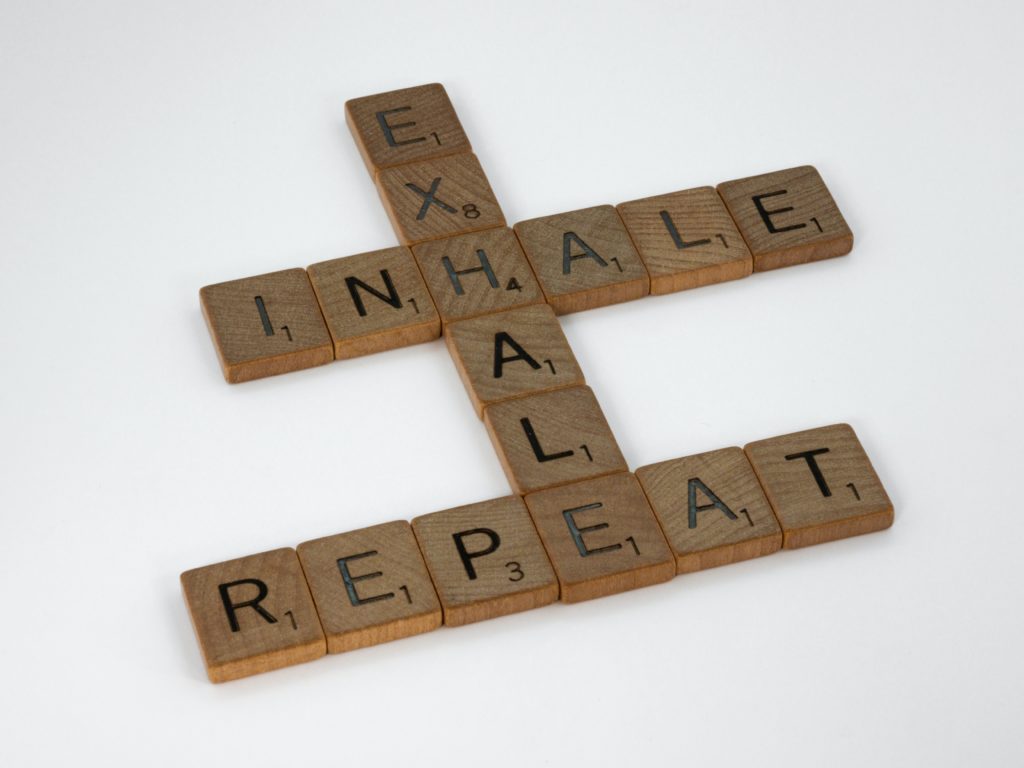

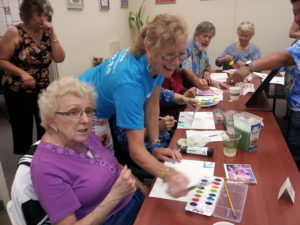
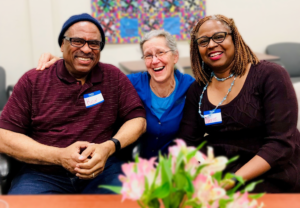

 Make a Payment
Make a Payment
